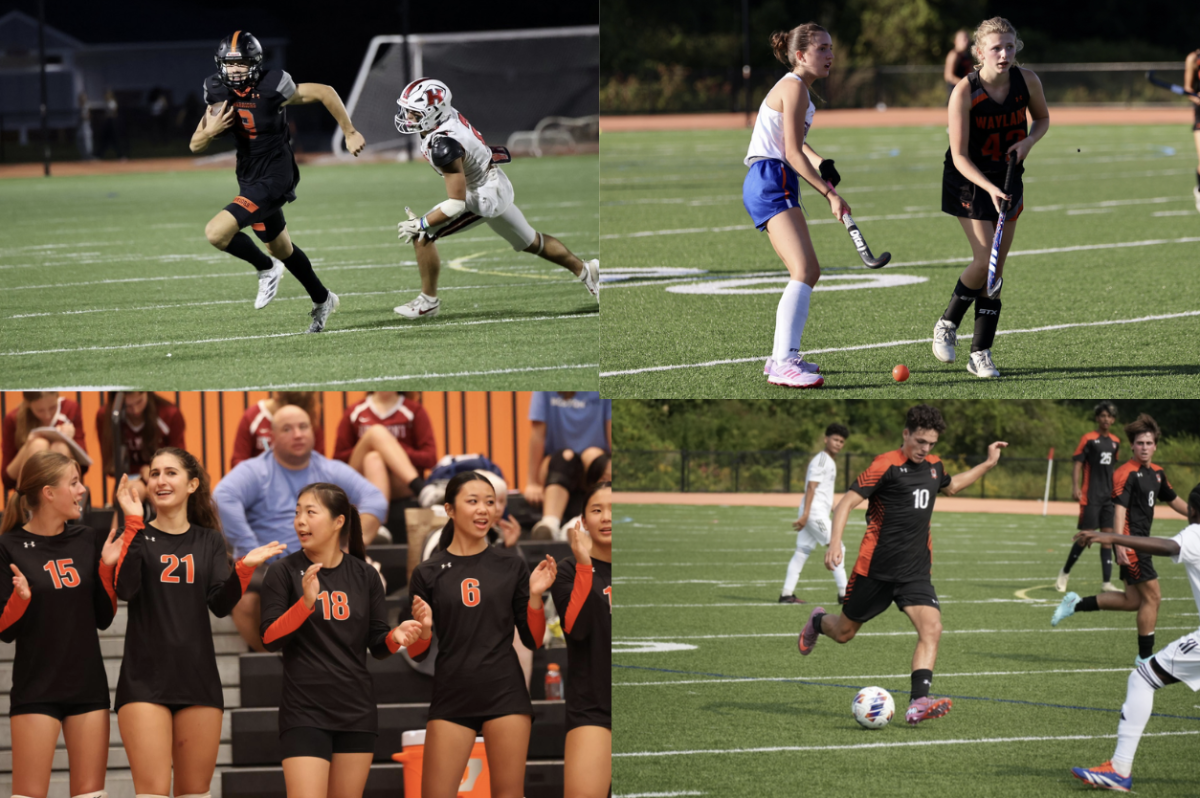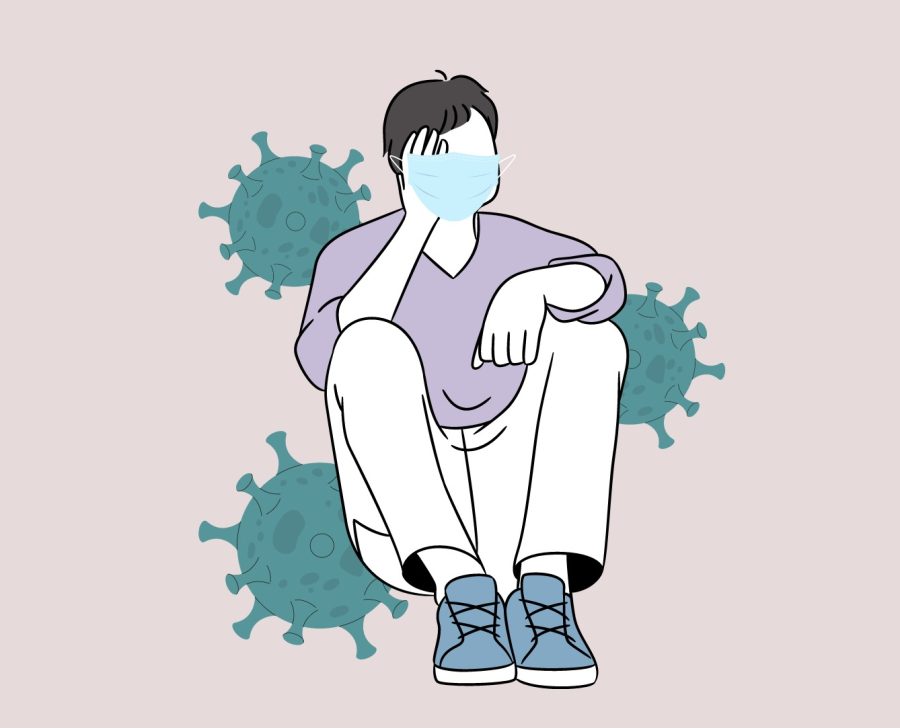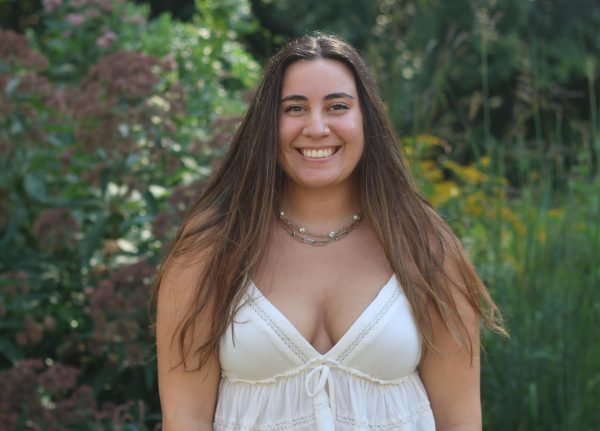Opinion: The new definition of what it means to have COVID-19 today
Credit: Katya Luzarraga
WSPN’s Katya Luzarraga examines how people view the pandemic differently, now that the omicron variant has rapidly spread across the country.
January 19, 2022
The cough. The dreaded cough. The cough that you thought was just a simple winter cold, because who doesn’t get those in the dead of December? Nope, this year isn’t a normal year. You may have survived the last two years of COVID-19 but now it’s a battle to keep the Omicron variant at bay. At every turn, there are new coronavirus cases cornering you into a state of paranoia.
Contrasting the last two years of the pandemic, the Omicron variant is out for blood this winter. A startling 4,200 cases are being reported in Middlesex County a day, not to mention the unreported cases that are circling our community. This variant is the most contagious, yet not most fatal. Regardless, the pace at which it is spreading is shocking.
During the 2020-2021 school year, high schoolers would occasionally see the worrisome email from Principal Allyson Mizoguchi, informing them that a case of COVID-19 has been reported and that you may have been a close contact. This year, those emails have increased exponentially. It seems like you can’t get through a week without seeing at least one email from Mizoguchi informing you that there have been confirmed COVID-19 cases in the school.
Last year, there was a stigma around being sick because the entire world was walking on pins and needles to stay protected from coronavirus. Coughing in class last year was like an invitation for people to stay away from you and treat you like you were a patient in the ICU ward.
Now, if you ask around, you’re bound to find someone who’s had COVID-19 and recovered from it standing right next to you in your classes! We don’t treat them like they have the plague, we treat them like normal human beings. In comparison to two years ago, or even last year, if you got COVID-19, you’d be isolated from the world for 14 days, and it would become a huge deal for everyone you were around. Close contacts were required to quarantine as well, regardless of vaccination status or if they were symptomatic.
Look at us now, quarantining for only five days and then back out into the real world. The new CDC ruling on the isolation period for COVID-19 cases, announced on Dec. 27, is a stark contradiction to what was ingrained in our minds before; which was that people with coronavirus couldn’t be in contact with anyone or these people had a high likelihood of contracting the virus as well. The CDC ruling of five day quarantine is loosening the tight grip of COVID-19 stigma.
Getting COVID-19 this year is inevitable, there’s no way to avoid it. Yet, when you get that positive test from a doctor or a CVS, it’s not any less terrifying. The act of then retracing your steps to figure out who you’ve been in contact with or how you might’ve contracted the coronavirus is overwhelming.
When I had COVID-19, lots of people were wishing me well and telling me that it wasn’t my fault. I know it wasn’t my fault, but it makes me think about what people would be saying to me if I had gotten COVID-19 in December 2020? Would they still be telling me it wasn’t my fault, or would they have ghosted me?
You can’t control if you get COVID-19 or not. Getting vaccinated and boosted do lessen your chances of getting it, but now that’s all you can do. In previous years, getting the coronavirus was preventable by getting vaccinated because there was only the original strain of COVID-19 going around. Now, people are battling the Delta and Omicron variants, which are much more contagious and bring a new variety of symptoms.
As the numbers of coronavirus cases steadily increase, people are beginning to get used to seeing those emails from Mizoguchi pop up in their inboxes. It’s become a part of our lives, and we’re rethinking what we used to know about COVID-19. The world is getting used to it, whether we like it or not.


























